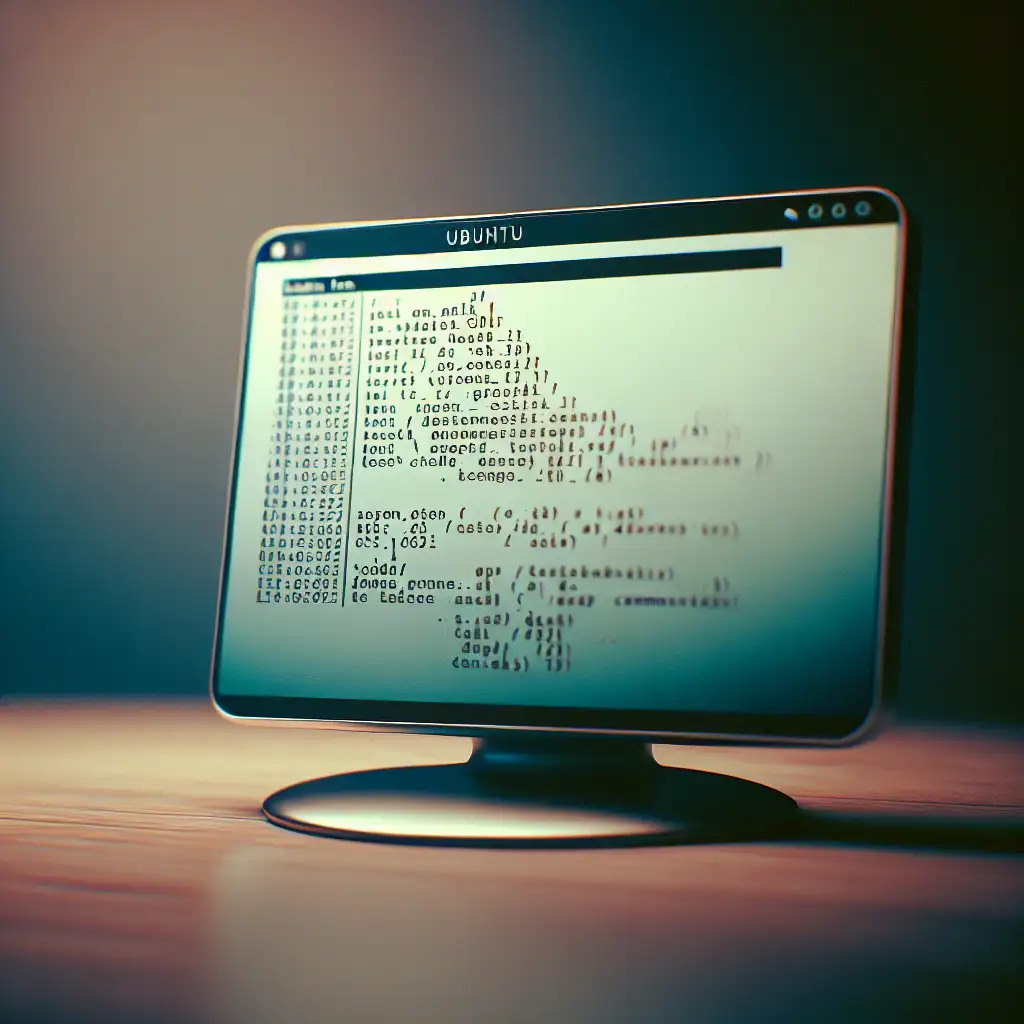Mastering Package Installation in Ubuntu: Beyond apt install
It’s routine: you deploy a new service, SSH in, and type sudo apt install nginx. Sometimes it just works. Sometimes, instead, you hit unmet dependencies, inconsistent package states, or cryptic errors like:
E: Unable to correct problems, you have held broken packages.
Solid package management in Ubuntu is more than just memorizing apt install. Effective control over installation, version pinning, repository management, and diagnostic routines is essential for system integrity and reproducible environments.
Efficient Package Search and Inspection
On a hardened production host, installing the right package variant matters. Prior to installation, enumerate candidates:
apt-cache search nginx
apt show nginx-core
Policy checks—particularly in multi-repository or CI image workflows—prevent surprises:
apt-cache policy nginx
Output might resemble:
nginx:
Installed: (none)
Candidate: 1.18.0-6ubuntu14.4
Version table:
1.18.0-6ubuntu14.4 500
500 http://archive.ubuntu.com/ubuntu jammy-updates/main amd64 Packages
Note: Policy inspection is critical on systems overlayed with custom sources or PPAs.
Installing Specific Versions, Upstream or Downstream
Suppose your application only operates with a particular cURL library API. Avoid implicit upgrades by specifying the exact version:
apt-cache madison curl
sudo apt install curl=7.81.0-1ubuntu1.5
Pinning—done via apt-mark or advanced pin files in /etc/apt/preferences.d/—ensures this version persists through apt dist-upgrade cycles. Example to pin:
sudo apt-mark hold curl
Expect "held back" output during future upgrades; plan test coverage accordingly.
Third-Party Sources & The Role of PPAs
Official repositories often lag on key developer tools (e.g., Git, Node.js). PPAs enable access to maintained upstream channels, but introduce risk: broken libraries, signature errors, or missed security updates.
To add a well-maintained Git PPA:
sudo add-apt-repository ppa:git-core/ppa
sudo apt update
sudo apt install git
Gotcha: Always validate new PPAs before integrating into automated build systems; an errant repo can break images downstream.
Manual .deb Installs and Dependency Recovery
Not everything is apt-indexed—sometimes you’ll get a .deb release directly from a vendor (consider Google Chrome or custom agents).
Install:
sudo dpkg -i package-name_1.2.3-1_amd64.deb
If dpkg complains:
dpkg: dependency problems prevent configuration of ...
Recover with:
sudo apt-get -f install
This fetches missing dependencies, fixing the state. If install failures persist, inspect /var/log/apt/term.log for actionable details.
Snap & Flatpak: For Isolated, Rapid-Release Applications
Snap and Flatpak solve version conflicts at the cost of higher disk usage and containerized system integration.
Snap example:
sudo snap install code --classic
Flatpak example (after sudo apt install flatpak):
flatpak install flathub org.mozilla.firefox
Trade-off: sandboxed apps update independently but may bypass system proxy or certificate configurations—important on air-gapped or audited environments.
Controlled Removal and System Hygiene
Leftover configuration and orphaned dependencies can accumulate, especially in CI runners or ephemeral VMs. Remove with:
sudo apt remove nginx
sudo apt purge nginx
sudo apt autoremove
sudo apt clean
For large fleets: periodically audit /var/cache/apt/archives and /etc/apt/sources.list.d/.
Troubleshooting: When Package Installs Fail
-
Broken dependencies:
sudo apt --fix-broken install -
Partial config (often after force-stopped apt):
sudo dpkg --configure -a -
Held packages that won’t upgrade:
dpkg --get-selections | grep hold sudo apt-mark unhold <package> -
Unclear issues?
Logs at/var/log/apt/or/var/log/dpkg.logare the best signal.
Summary Table
| Task | Command | Practical Note |
|---|---|---|
| Search package | apt search nginx | Find by keyword; use apt show for detail |
| Check repo/policy | apt-cache policy nginx | Inspect all sources and priorities |
| Install specific version | sudo apt install curl=7.81.0-1ubuntu1.5 | Prevents unwanted auto-upgrades |
| Pin/hold package | sudo apt-mark hold nginx | Maintains legacy compatibility |
| Add PPA | sudo add-apt-repository ppa:git-core/ppa | Only from trusted maintainers |
Install .deb | dpkg -i foo.deb; apt-get -f install | Required for some vendor releases |
| Snap/Flatpak install | snap install code --classic / flatpak install ... | Useful for IDEs/desktops, not always for servers |
| Remove/purge/cleanup | apt purge nginx; apt autoremove; apt clean | Regular maintenance |
Non-obvious tip:
If you routinely build containers from scratch, pre-populate /var/cache/apt/archives with commonly used .deb files to avoid repeated downloads and accelerate layer builds.
Known issue:
Mixing Snap or Flatpak with system packages can sometimes lead to duplicated resources (disk space, icons, desktop integrations). Test in userland before widespread deployment.
Routine, disciplined package management keeps your Ubuntu systems clean, reproducible, and production-ready. For edge cases—consider stepping into apt pinning policies or even dpkg-divert if integration with upstream applications gets complicated. Not everything needs solving with a script; sometimes, examining install logs and controlled manual steps is faster.
Questions about a particular error message or a tricky dependency? There's rarely just one right approach in the field.
